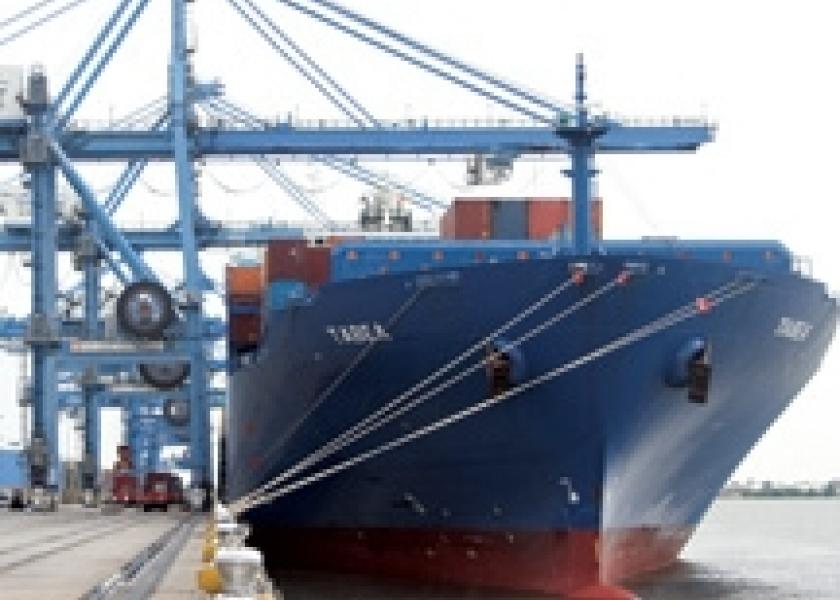U.S. Dairy Export Council Projects Record-Setting 2013 with Exports Increasing 25%

Continued growth forecast for 2014 as global demand rises.
Source: U.S. Dairy Export Council
The U.S. Dairy Export Council (USDEC) projects that by the end of this year the value of U.S. dairy exports will total $6.5 billion, up more than 25 percent from 2012. Barring a dramatic change in market conditions, 2013 will mark a fourth consecutive record year for U.S. dairy exports.
"Credit for another record year for U.S. dairy exports must go to our suppliers and traders, who are showing more ambition, more commitment and more capability to pursue export markets," said Tom Suber, president USDEC, funded primarily by dairy producers through the dairy checkoff program.

Speaking to more than 140 attendees at USDEC’s annual board and membership meeting in Chicago Tuesday, Suber said U.S. exporters have capitalized in 2013 on reduced supply from other countries, steady global dairy demand and favorable pricing. More than 15 percent of U.S. milk production now goes to exports.
"Reliance upon exports is not just an aspiration in our industry. It’s a reality," said Suber. "Looking ahead, the reality is that exports must not just continue, but continue to grow. Put another way, exports must grow or our industry largely stagnates."
In a separate address, Tim Hunt, global dairy strategist for Rabobank, said a global shortage of dairy products is expected to continue, driving continued growth for U.S. exports in 2014.
"In the next six months, the United States is likely to be the region with the most additional supply available to grow exports," Hunt told USDEC members. "In addition, the United States looks to be entering a period of enhanced competitiveness."
Meanwhile, key buyers, most notably China, are looking to diversify their supply.
"Therefore, the time is right to vigorously pursue export development," Hunt said.
In a keynote address, Yale economist Jeffrey Garten predicted "a third industrial revolution, led by the United States," which will benefit from increasing energy independence, innovative public-private partnerships and technological prowess. Yale’s Juan Trippe Professor in the Practice of International Trade, Finance and Business, Garten served as undersecretary of commerce for international trade in the Clinton administration.
"It’s a world of complexity, of big change, where there are lots and lots of risks and unknowns," said Garten. "But as your industry has shown, it’s a world where those who are strategic and understand the risks can do extremely well."
The U.S. Dairy Export Council (USDEC) is a non-profit, independent membership organization that represents the global trade interests of U.S. dairy producers, proprietary processors and cooperatives, ingredient suppliers and export traders. Its mission is to enhance U.S. global competitiveness and assist the U.S. industry to increase its global dairy ingredient sales and exports of U.S. dairy products. USDEC accomplishes this through programs in market development that build global demand for U.S. dairy products, resolve market access barriers and advance industry trade policy goals. USDEC is supported by staff across the United States and overseas in Mexico, South America, Asia, Middle East and Europe.







